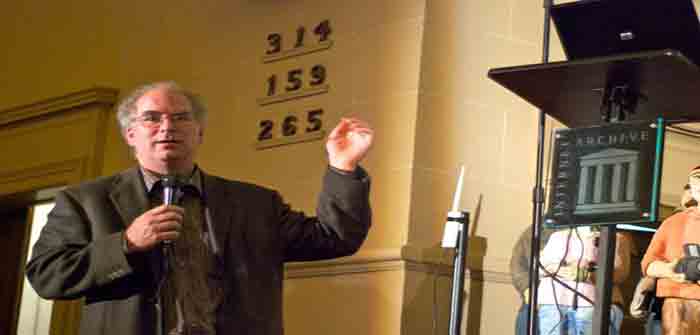
When Covid-19 struck, hundreds of millions of students were suddenly stranded at home without access to teachers or libraries. UNESCO reported that in April, 90 percent of the world’s enrolled students had been adversely affected by the pandemic. In response, the Internet Archive’s Open Library announced the National Emergency Library, a temporary program suspending limits on the number of patrons who could borrow its digital books simultaneously. The Open Library lends at no charge about 4 million digital books, 2.5 million of which are in the public domain, and 1.4 million of which may be under copyright and subject to lending restrictions. (This is roughly equivalent to a medium-sized city library; the New York Public Library, by comparison, holds 21.9 million books and printed materials and 1.78 million e-books, according to 2016 figures from the American Library Association.) But the National Emergency Library wound up creating an emergency of its own—for the future of libraries.
Brewster Kahle, the Internet Archive’s founder and digital librarian, wrote in March that the National Emergency Library would ensure “that students will have access to assigned readings and library materials…for the remainder of the US academic calendar.” He acknowledged that authors and publishers would also be harmed by the pandemic, urged those in a position to buy books to do so, and offered authors a form for removing their own books from the program, if they chose.
More than 100 libraries, archives, and other institutions signed on to a statement of support for the program, including MIT, Penn State, Emory University, the Boston Public Library, Middlebury College, Amherst College, George Washington University, the Claremont Colleges Library, and the Greater Western Library Alliance. Writing in The New Yorker, Harvard history professor and author Jill Lepore joined many media observers in praising the National Emergency Library as “a gift to readers everywhere.”…
Continue Reading